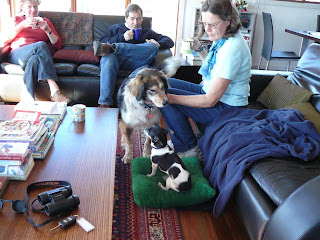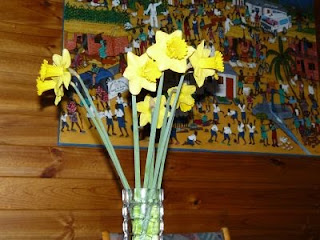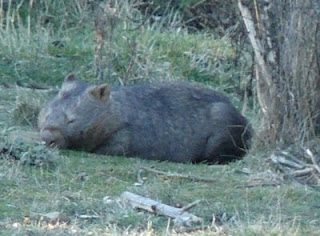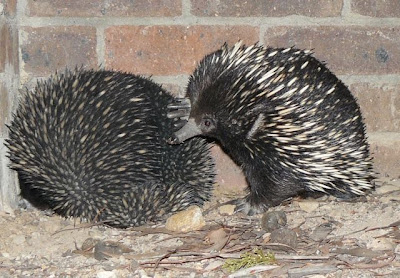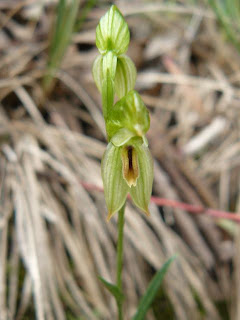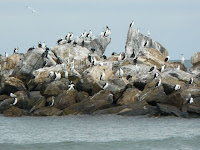Other signs of Spring
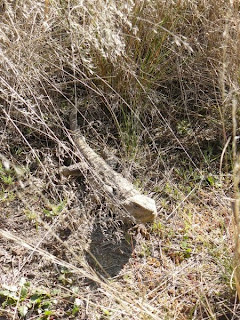
I have put some pictures of Spring flowers elsewhere. But animals also get in on the act as shown by the snuggling wombats referred to in also snuggling . One night recently they were on the lawn when I took Tammy for a pre-sleep coilpark. It is surprising how fast wombats can run when a dog melts down. This reptile was found in a paddock near Canberra Airport. I think my foot missed it by about 10cm. Had I been 10cm closer I strongly suspect the paddock would have been declared an environmental disaster area!
